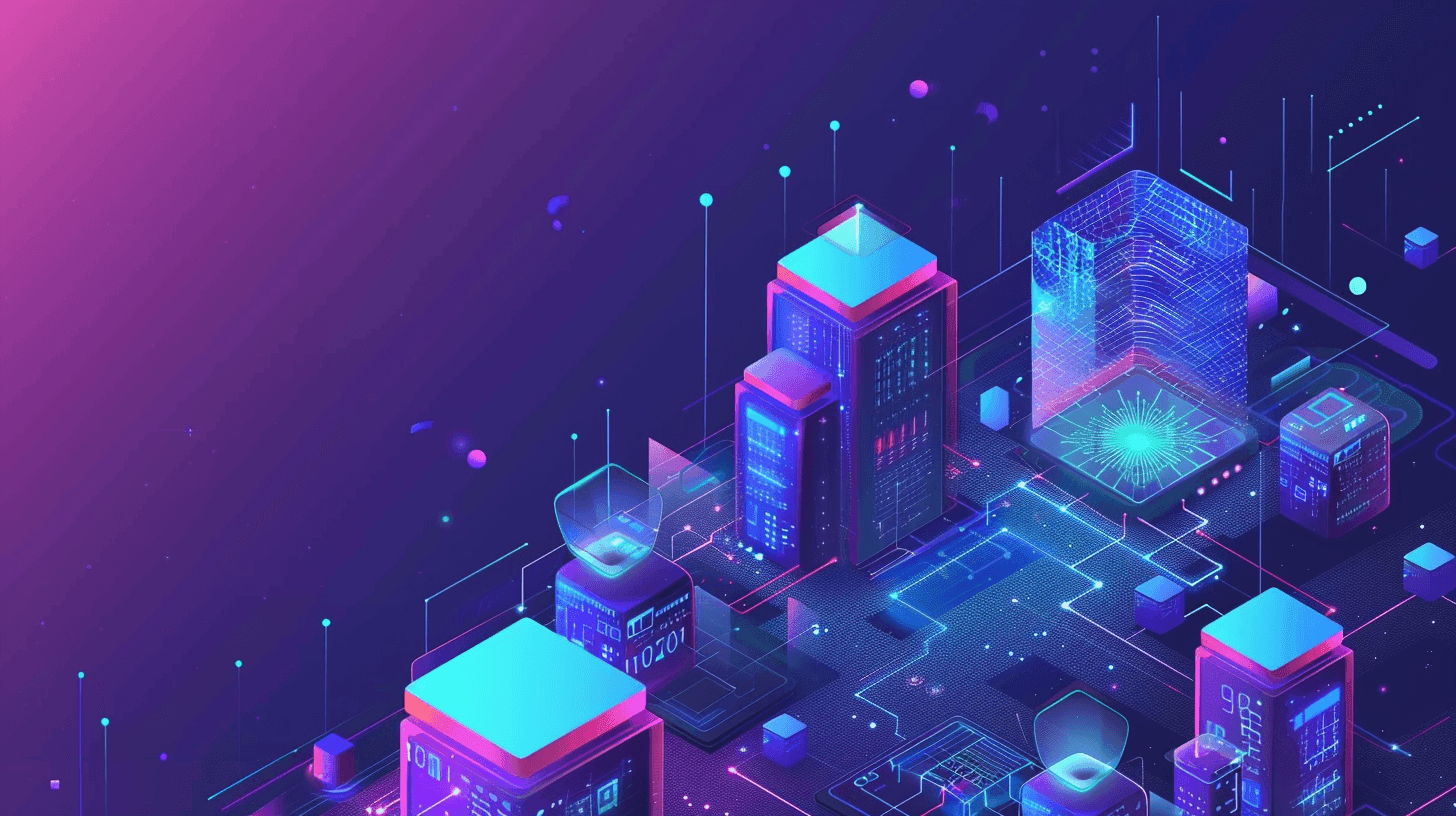Emerging Technologies Transforming Metaverse Games
Meta Games

The digital frontier is expanding unprecedentedly, with metaverse technologies leading the charge. These metaverse technologies are not merely altering the landscape of virtual gaming; they're revolutionizing it.
This article from Metastack delves into the defining features of the metaverse, the role of emerging metaverse technologies in this transformation, and how metaverse developers navigate these developments.

What is Metaverse Technology?
To understand the impact of emerging metaverse technologies on metaverse games, it's crucial to define what metaverse technology encompasses first.
Metaverse technology refers to a collective virtual shared space created by the convergence of virtually enhanced physical reality, augmented reality (AR), and the internet.
This technology is not confined to a single virtual world. Still, it is an expansive network of 3D worlds and simulations that are interconnected, allowing users to meet, work, and play within these virtual spaces.
The Defining Feature of the Metaverse
A defining feature of the metaverse is its persistence - it exists continuously and independently of any one user's presence, evolving with user interactions and activities.
This persistent nature enables a seamless blend of virtual and physical realities, where user changes have a lasting impact on the virtual world, mimicking the dynamism of the physical world.

Emerging Technologies Shaping the Metaverse
Several key metaverse technologies are at the forefront of transforming metaverse games, offering richer, more immersive experiences.
Augmented Reality (AR) and Virtual Reality (VR)
AR and VR metaverse technologies are pivotal in creating immersive experiences synonymous with metaverse games. VR transports users into entirely virtual environments, while AR overlays digital information onto the physical world. These metaverse technologies enable users to experience digital worlds in a more tangible, interactive way, enhancing the immersion and realism of the metaverse.
Blockchain and Cryptocurrency
Blockchain technology and cryptocurrencies introduce a new layer of economy and ownership to the metaverse.
Through blockchain, users can truly own digital assets, such as virtual land, clothing, or even unique game items, which can be bought, sold, or traded on open markets.
Cryptocurrencies facilitate these transactions, enabling a decentralized economy within the metaverse that mirrors real-world financial systems.
Artificial Intelligence (AI)
AI is crucial in personalizing and enhancing user experiences in the metaverse. From AI-driven avatars to dynamic game environments that adapt to player behaviors, AI technologies make virtual worlds more responsive and engaging.
They enable complex social interactions, create more lifelike non-player characters (NPCs), and allow for the development of intricate storylines that respond to user choices, making each player's experience unique.
3D Reconstruction and Spatial Computing
3D reconstruction and spatial computing are redefining how users interact with virtual spaces. These metaverse technologies enable the creation of highly detailed, realistic 3D models of physical objects and environments, which can be imported into the metaverse. Spatial computing allows for natural interactions with these 3D objects, recognizing user movements and gestures to manipulate virtual items as if they were in the real world.

The Role of Metaverse Developers
Metaverse developers are the architects of these virtual worlds, leveraging emerging metaverse technologies to build immersive, expansive experiences.
They are tasked with innovatively integrating AR, VR, blockchain, AI, and 3D modeling metaverse technologies to create interactive, engaging game environments.
Their work involves technical development and creative storytelling, designing economies, and fostering communities within the metaverse.
Challenges and Opportunities
Developing for the metaverse presents unique challenges, including ensuring interoperability between virtual spaces, managing data privacy and security, and creating inclusive, accessible environments.
However, these challenges also present opportunities for innovation. Developers are exploring using these metaverse technologies to create more sustainable, equitable virtual worlds, address real-world issues, and offer new forms of entertainment and social interaction.
Conclusion
The transformation of metaverse games by emerging metaverse technologies is just beginning. As these metaverse technologies evolve, they will redefine what is possible within virtual spaces, offering more immersive, interactive, and meaningful experiences.
The defining feature of the metaverse—its persistent, evolving nature—coupled with the innovative use of AR, VR, blockchain, AI, and 3D reconstruction promises a future where the boundaries between the virtual and the physical blur.
Metaverse developers are at the forefront of this revolution, crafting virtual worlds beyond games to become integral parts of our digital and physical lives. The technological developments we're witnessing today pave the way for a future where the metaverse becomes a seamless extension of our reality.



